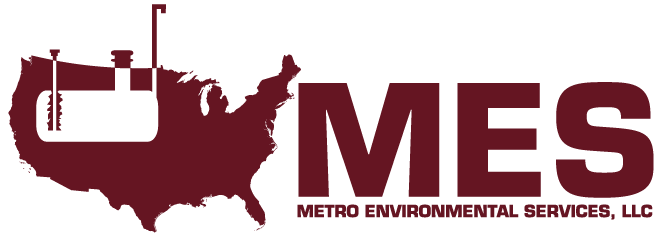ENVIRONMENTAL REMEDIATION: what is it and how does it work?
WHAT IS ENVIRONMENTAL REMEDIATION
Simply put, environmental remediation involves the removal of contaminants from soil, surface water, groundwater, sediment, etc. If there is a risk of environmental damage or the health of humans, environmental remediation is used to reclaim the contaminated area.
Remedial action is generally subject to an array of regulatory requirements, and may also be based on assessments of human health and ecological risks where no legislative standards exist, or where standards are advisory. Specialists in environmental remediation like MES exist to help coordinate the process.
THE REMEDIATION PROCESS
The Environmental Protection Agency establishes the key standards that most often apply when environmental remediation is necessary. That said, it’s worth noting that in some areas, additional legislative standards may apply.
Although every case is unique, an environmental remediation company usually follows these key steps after being contacted:
- Site Assessment: First, specialists will examine the site to ascertain what contaminants are present. They will map the area and sample materials such as soil and groundwater to evaluate the extent of the pollution and how much effort will be required to remove it.
- Determining Remediation Methods: Next, the appropriate cleanup methods will be determined. Environmental remediation techniques include excavation, dredging, oxidation, soil vapor extraction, thermal desorption, pump and treat, nanoremediation, and more.
- Selecting Safety Measures: we will assess what safety measures will need to be enforced to protect the cleanup crew and community members from injuries, exposure to toxic chemicals, and prevent wrongful death. Rezoning may be necessary during or after a remediation operation, so we communicate with public officials to inform them what the remediation process will entail and how it may affect daily life.
- Remediating the Area: MES environmental remediation specialists will then conduct the actual cleanup, complying with local and federal regulations.
- Further Evaluation: Once the cleanup is complete, the area must be re-evaluated to determine if any additional remediation is necessary.
CLEAN-UP STRATEGIES
After taking all of these factors into consideration, possible cleanup strategies may include:
- Excavation (removing contaminated soil or materials from a site)
- In-Situ Injections (injecting chemical oxidants into groundwater or soil to eliminate contaminants)
- Bioremediation (using microorganisms and/or specific types of plants to remove or neutralize pollutants)
- Chemical Blending (blending chemicals into the contaminated area to neutralize contaminants)
- Product Recovery (removing liquid and/or vapor-phase contaminant from the medium holding it)
- Pump-and-Treat System (pumping contaminated groundwater out of the ground, treating it to remove contaminants, and then re-inserting it)
- Soil Vapor Extraction (injecting air/steam into the ground and extracting and treating the vapors to purify the soil and groundwater)
- Soil Encapsulation (permanently covering or capping contaminated soil to prevent direct contact and leaching of contaminants by rainwater infiltration)
FOLLOW UP
The environmental remediation process will typically end with another basic assessment of the contaminated site. If evidence of remaining contamination is found, an additional remediation should be performed until successful.
MES: YOUR LEADER IN ENVIRONMENTAL SERVICES SINCE 2002
Whether polluted through years of industrial activity or by inadvertent releases of contaminants, land areas and bodies of water must be remediated to restore them to their natural state or to make them suitable for redevelopment.
MES provides full-service environmental remediation services across Long Island, New York City, Westchester County, New Jersey, and surrounding states. Our full-service approach allows us to provide our customers with a cost-effective solution while also meeting their project schedules. Contact us for a site evaluation.







